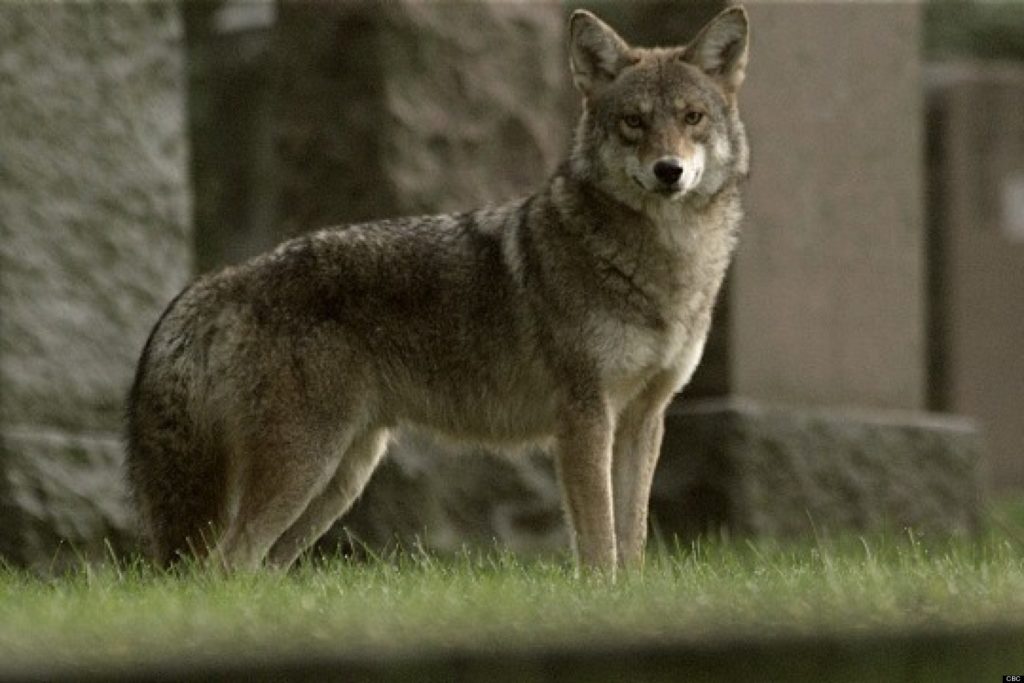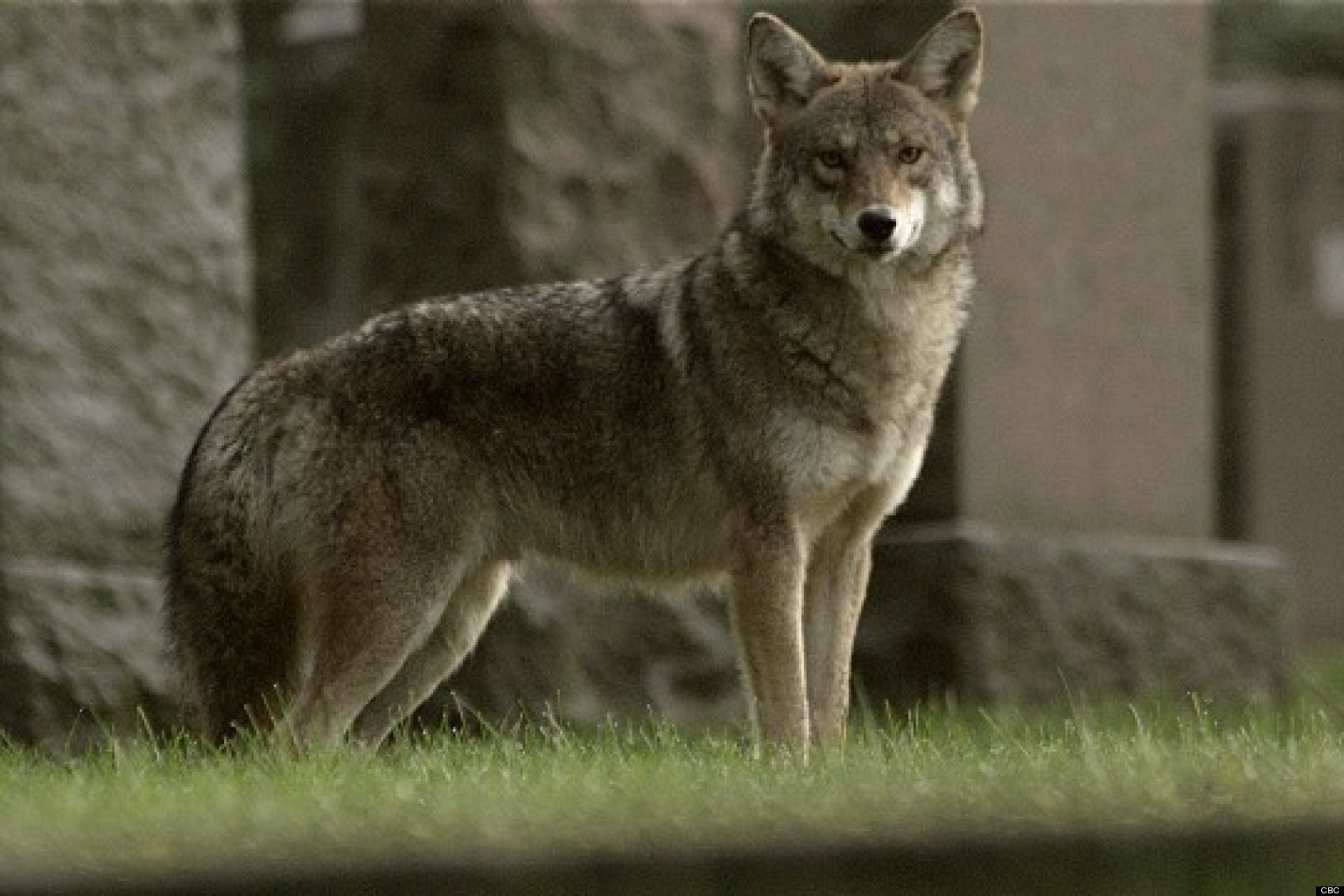A new animal species has emerged in front of scientists’ eyes in eastern North America. With the emergence of coyote-wolf hybrids, called the coywolf, millions of these wily predators now roam at the edge of cities like Chicago and New York.


Evolution: Greater than the Sum of its Parts
Published By The Economist
LIKE some people who might rather not admit it, wolves faced with a scarcity of potential sexual partners are not beneath lowering their standards. It was desperation of this sort, biologists reckon, that led dwindling wolf populations in southern Ontario to begin, a century or two ago, breeding widely with dogs and coyotes. The clearance of forests for farming, together with the deliberate persecution which wolves often suffer at the hand of man, had made life tough for the species. That same forest clearance, though, both permitted coyotes to spread from their prairie homeland into areas hitherto exclusively lupine, and brought the dogs that accompanied the farmers into the mix.
Interbreeding between animal species usually leads to offspring less vigorous than either parent—if they survive at all. But the combination of wolf, coyote and dog DNA that resulted from this reproductive necessity generated an exception. The consequence has been booming numbers of an extraordinarily fit new animal spreading through the eastern part of North America. Some call this creature the eastern coyote. Others, though, have dubbed it the “coywolf.” Whatever name it goes by, Roland Kays of North Carolina State University, in Raleigh, reckons it now numbers in the millions.
STORY: Living With Wolves: Science Must Inform Politics
The mixing of genes that has created the coywolf has been more rapid, pervasive and transformational than many once thought. Javier Monzón, who worked until recently at Stony Brook University in New York state (he is now at Pepperdine University, in California) studied the genetic make-up of 437 of the animals, in ten north-eastern states plus Ontario. He worked out that, though coyote DNA dominates, a tenth of the average coywolf’s genetic material is dog and a quarter is wolf.
The DNA from both wolves and dogs (the latter mostly large breeds, like Doberman Pinschers and German Shepherds), brings big advantages, says Dr Kays. At 25kg or more, many coywolves have twice the heft of purebred coyotes. With larger jaws, more muscle and faster legs, individual coywolves can take down small deer. A pack of them can even kill a moose.
Coyotes dislike hunting in forests. Wolves prefer it. Interbreeding has produced an animal skilled at catching prey in both open terrain and densely wooded areas, says Dr Kays. And even their cries blend those of their ancestors. The first part of a howl resembles a wolf’s (with a deep pitch), but this then turns into a higher-pitched, coyote-like yipping.
STORY: Nowhere to Run: American Mountain Lion in Decline
The animal’s range has encompassed America’s entire north-east, urban areas included, for at least a decade, and is continuing to expand in the south-east following coywolves’ arrival there half a century ago. This is astonishing. Purebred coyotes never managed to establish themselves east of the prairies. Wolves were killed off in eastern forests long ago. But by combining their DNA, the two have given rise to an animal that is able to spread into a vast and otherwise uninhabitable territory. Indeed, coywolves are now living even in large cities, like Boston, Washington and New York. According to Chris Nagy of the Gotham Coyote Project, which studies them in New York, the Big Apple already has about 20, and numbers are rising.
Coywolves Even Wilier
Some speculate that this adaptability to city life is because coywolves’ dog DNA has made them more tolerant of people and noise, perhaps counteracting the genetic material from wolves—an animal that dislikes humans. And interbreeding may have helped coywolves urbanize in another way, too, by broadening the animals’ diet. Having versatile tastes is handy for city living. Coywolves eat pumpkins, watermelons and other garden produce, as well as discarded food. They also eat rodents and other smallish mammals. Many lawns and parks are kept clear of thick underbrush, so catching squirrels and pets is easy. Cats are typically eaten skull and all, with clues left only in the droppings.
Thanks to this bounty, an urban coywolf need occupy only half the territory it would require in the countryside. And getting into town is easy. Railways provide corridors that make the trip simple for animals as well as people.
Surviving once there, though, requires a low profile. As well as having small territories, coywolves have adjusted to city life by becoming nocturnal. They have also learned the Highway Code, looking both ways before they cross a road. Dr Kays marvels at this “amazing contemporary evolution story that’s happening right underneath our nose”.
Whether the coywolf actually has evolved into a distinct species is debated. Jonathan Way, who works in Massachusetts for the National Park Service, claims in a forthcoming paper that it has. He thinks its morphological and genetic divergence from its ancestors is sufficient to qualify. But many disagree. One common definition of a species is a population that will not interbreed with outsiders. Since coywolves continue to mate with dogs and wolves, the argument goes, they are therefore not a species. But, given the way coywolves came into existence, that definition would mean wolves and coyotes should not be considered different species either—and that does not even begin to address whether domestic dogs are a species, or just an aberrant form of wolf.
In reality, “species” is a concept invented by human beings. And, as this argument shows, that concept is not clear-cut. What the example of the coywolf does demonstrate, though, is that evolution is not the simple process of one species branching into many that the textbooks might have you believe. Indeed, recent genetic research has discovered that even Homo sapiens is partly a product of hybridization. Modern Europeans carry Neanderthal genes, and modern East Asians the genes of a newly recognized type of early man called the Denisovans. Exactly how this happened is unclear. But maybe, as with the wolves of southern Ontario, it was the only way that some of the early settlers of those areas could get a date.
Updated 8 October 2021










Pingback: Killing Washington's Protected Wolves for Rancher's Bottom Line | WilderUtopia.com
Pingback: Nowhere to Run: American Mountain Lion in Decline